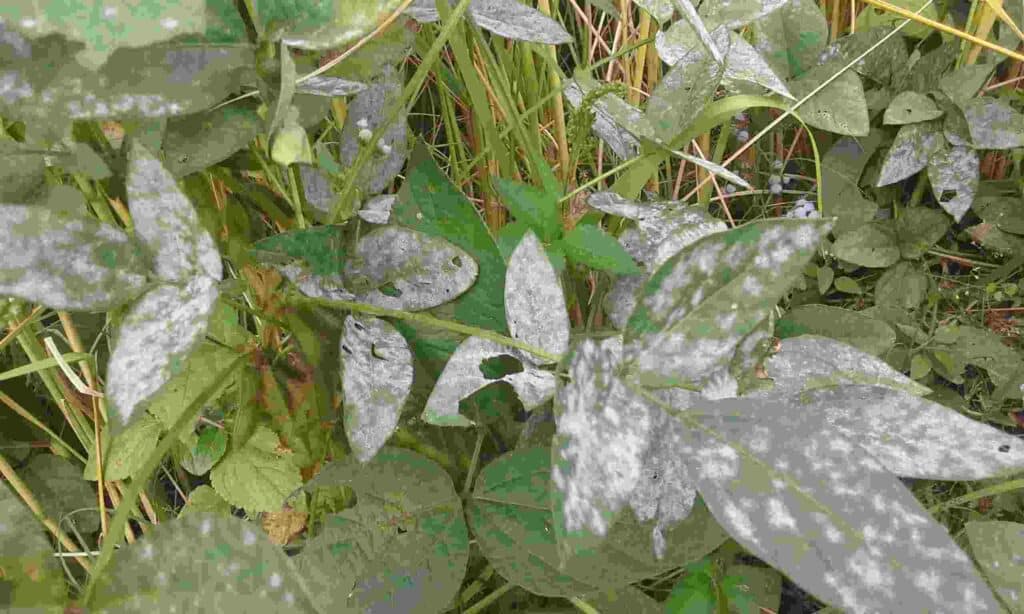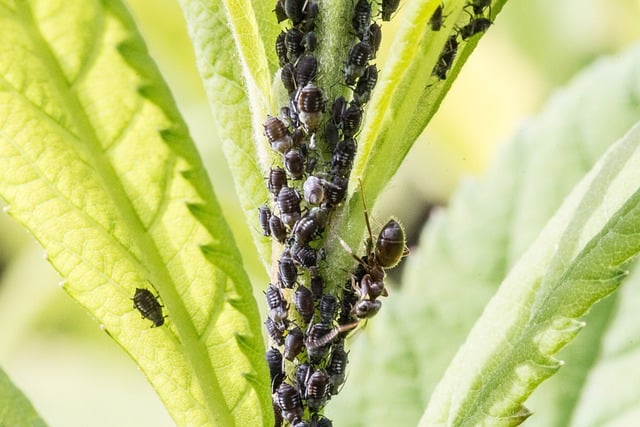As living walls continue to grow in popularity, more and more people are embracing the beauty and benefits of vertical gardens. However, like any other plant, living wall installations can be susceptible to diseases. Recognizing the signs of plant diseases and taking prompt action is essential to maintaining a healthy and thriving living wall. In this guide, we’ll explore common diseases that can affect living wall plants and provide practical tips to tackle them effectively.
1. Powdery Mildew

Powdery mildew is a common fungal disease that appears as a white, powdery coating on the leaves of plants. It thrives in humid conditions and spreads rapidly if left untreated. To combat powdery mildew, consider the following tips:
- Increase air circulation around your living wall by providing adequate space between plants.
- Avoid overhead watering, as excess moisture can contribute to the development and spread of powdery mildew.
- Apply a fungicidal spray recommended for powdery mildew treatment, following the instructions carefully.
2. Leaf Spot

Leaf spot is another fungal disease that manifests as dark or discolored spots on the leaves of plants. These spots may vary in size and color, ranging from brown to black or even yellow. To tackle leaf spot:
- Practice good sanitation by removing and disposing of affected leaves promptly.
- Avoid overhead watering, as wet foliage promotes the spread of leaf spot.
- Apply a copper-based fungicide or a suitable organic alternative to help control the disease.
3. Root Rot

Root rot is caused by overly saturated soil conditions, leading to the decay of the plant’s roots. It often results from overwatering or poor drainage. To prevent and treat root rot:
- Ensure proper drainage by using well-draining growing media and allowing excess water to escape from the living wall.
- Water your plants appropriately, allowing the top layer of soil to dry out before the next watering.
- If root rot is severe, consider removing and replacing affected plants and adjusting your watering practices accordingly.
4. Bacterial Blight

Bacterial blight is a bacterial infection that affects the foliage of plants, causing dark, water-soaked spots that eventually dry out and become necrotic. To manage bacterial blight:
- Prune and discard infected plant parts to prevent the spread of bacteria.
- Avoid overhead watering and provide adequate spacing between plants to reduce moisture buildup.
- Use copper-based or bactericidal sprays as recommended by experts to control the disease.
5. Aphid Infestation

Aphids are tiny, sap-sucking insects that can quickly multiply and infest your living wall plants. Their presence is often indicated by distorted leaves, sticky residue (honeydew), or the presence of ants. To tackle aphid infestations:
- Introduce beneficial insects like ladybugs or lacewings that naturally prey on aphids.
- Use insecticidal soap or a neem oil-based spray to control aphid populations, following the instructions carefully.
- Regularly inspect your living wall and promptly remove heavily infested plants to prevent the spread of aphids to healthy plants.
Conclusion
Maintaining a disease-free living wall requires attentiveness, proper care, and timely intervention. By familiarizing yourself with common plant diseases and implementing preventive measures, you can ensure the long-term health and vitality of your vertical garden. So, regularly monitor your living wall, provide suitable growing conditions, and address any signs of disease promptly. At Eco Brooklyn, we also offer regular maintenance and inspection services to treat, remove, or replace diseased plants on your living wall as needed.
Remember, a healthy living wall not only enhances the aesthetics of your space but also contributes to a vibrant and refreshing environment. So, invest some time in your living wall’s health to make sure that it blooms and thrives for the years to come.

